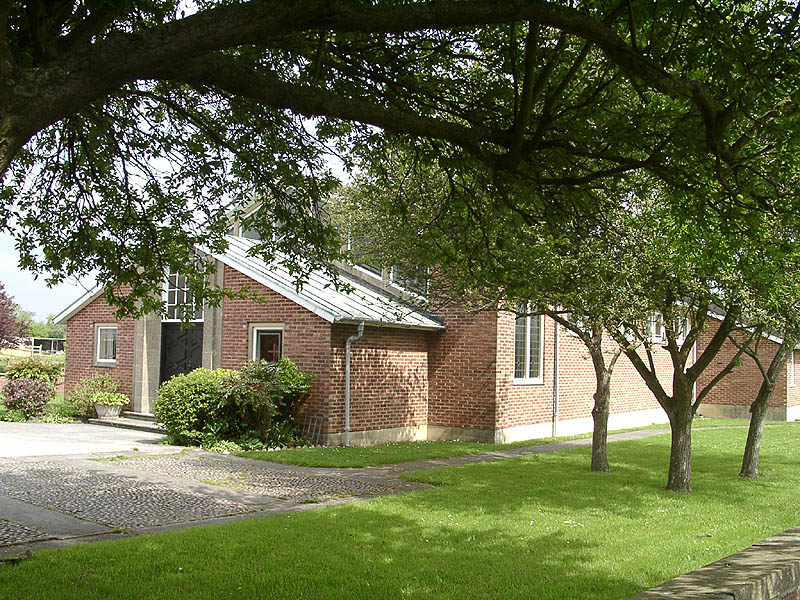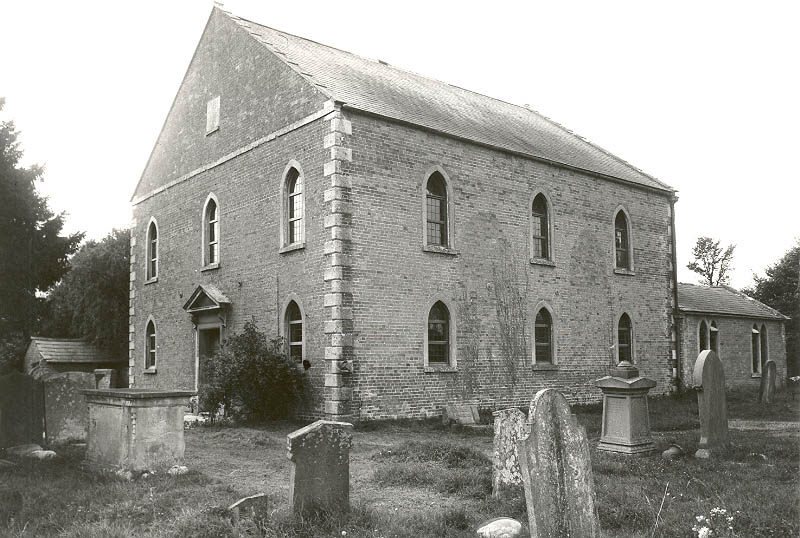Our Chapel, built is the 1960’s, has a much longer story to tell than the mere fifty years since.

Recently I read with interest an article in our parish magazine produced by the local Anglican Church, about the changes and unchanging aspects of local life. I particularly noticed two things, one, the mention of ‘the turbulent history of the Christian faith in this area during the years of persecution of non-conformists’ (like ourselves), and second, ‘the splits and arguments that follow the Church through the years as it continues to ‘proclaim the Good News of the Risen Jesus’.
I wanted to tease that out a bit as the story is really quite interesting and many lessons from history get forgotten.
The period referred to began in Tudor times, which like today was both exciting and troubled. Change was the order of the day as the old medieval way of life was being swept away and the new enlightenment ideas were taking their place. After a quite rocky start, the mood for change gained confidence as the years went by. By the end, after much agony and even bloodshed, England became Protestant and Bibles were made freely available to all and in English and the great era of thinking, talking and arguing about the Bible, all formerly forbidden before, except amongst the elite, began.
The result: the split from Rome and the formation of the Anglican Church in 1534 (St. Nicholas’ – our local Parish Church, had been originally built and used as a Catholic Chapel in 1241 and then a Catholic Church from 1351 after that). Then, soon after the birth of Anglicanism, along came the Presbyterian denomination formed in 1560, then the Congregationalists in 1592, the Baptists in 1609 (not our congregation, that was founded in 1775), and the Quakers coming along last in 1647 to name the main groups. These were all known by the Catholics as schismatics, people who split the Church and the Anglicans called the groups like ourselves which splintered away from them over matters of how the Church should be governed, as Dissenters or Non-Conformists.
Elizabeth I, that great Tudor monarch, had seen the need for political stability and settled the State Church as Anglican, a broad Church, able to encompass the conservative interests of her Catholic subjects and neighbours, as well as the more progressive agendas of the reformation and enlightenment. Scotland went further to settle Presbyterianism as her state Church (as would Wales in later centuries).
Sadly however, diversity was not as widely welcomed in practice as it was on paper and a call for conformity began with State backing. It was this tension that eventually brought about our civil war which cost Charles I his head, and saw Oliver Cromwell, who was a Congregationalist, rule England in a brief eleven year republic with the monarchy abolished and the Anglican Church becoming briefly presbyterian, all in a bid to defend religious freedom.
During the civil war of 1642-51, St. Nicholas’ was badly damaged and lay in neglect until Rev. Daubney came as Vicar in 1778 at which point most local people were Baptist and the St. Nicholas’ Church building a near ruin. As I mentioned, our congregation was established in 1775, a couple of years before the repairs began. Daubney’s efforts seem to have been too little, too late for the local people. Daubney said when he arrived that the inhabitants were ‘wild and uncivilized’, (probably because they were Baptists and independent minded weavers) who in 1779, the year after he arrived, built a chapel for themselves which, after two more remodels eventually seated 400!
St. Nicholas parish Church as you see it today was actually built in 1862 since it again, after Daubney’s efforts to repair the war damage from the previous century, it fell into disrepair again after he left.
After Cromwell and with the restoration of the monarchy in 1660 and the reinstatement of Anglicanism many ‘non-conformists’ sought toleration to simply continue their religion without direct State support as separatists. These last mentioned, the Free Churches, finding toleration unforthcoming at times, went underground, or left as Pilgrim Fathers to the New World, often after periods of bitter persecution and State and Church interference. The free church was unlike the State Church in at least one important respect – it was entirely voluntary and represented the free association of individuals. These voluntary societies, if they stayed, expanded to escape the pressure of the State, finding some strength in numbers. Secret and illegal meetings of up to 2000 people in the 17th Century, were reported at night in the Witchpit woods near here which police did not raid as it would deprive the local gentry of nearly their whole workforce.
By 1689, under King William III, freedom of religion became law and despite a few ups and downs. Today, thankfully, have full religious liberty enshrined in our constitution, not just for Free Churches like ours, but for all faiths and none. Anglicanism remains established while all others remain disestablished and this seems to serve Britain well with our constitutional monarchy, we are a land where conscience is safeguarded as a human right.
This liberty is a great gift and a great responsibility. No one is obliged to be Anglican, Baptist, Catholic, Muslim, Hindu, Jewish, Athiest or anything else for that matter and that to my mind is a good thing, each belief can be weighed on its merits and people are free by law to choose. You cannot or should not force faith on anyone, it is the most precious part of a person, it is what they believe. God surely cannot be truly worshipped by anyone who doesn’t do so from their heart. This hard won and costly freedom however, is not freedom to do as we please, it is freedom to do what is good, right, true and faithful and that is quite a different thing.


